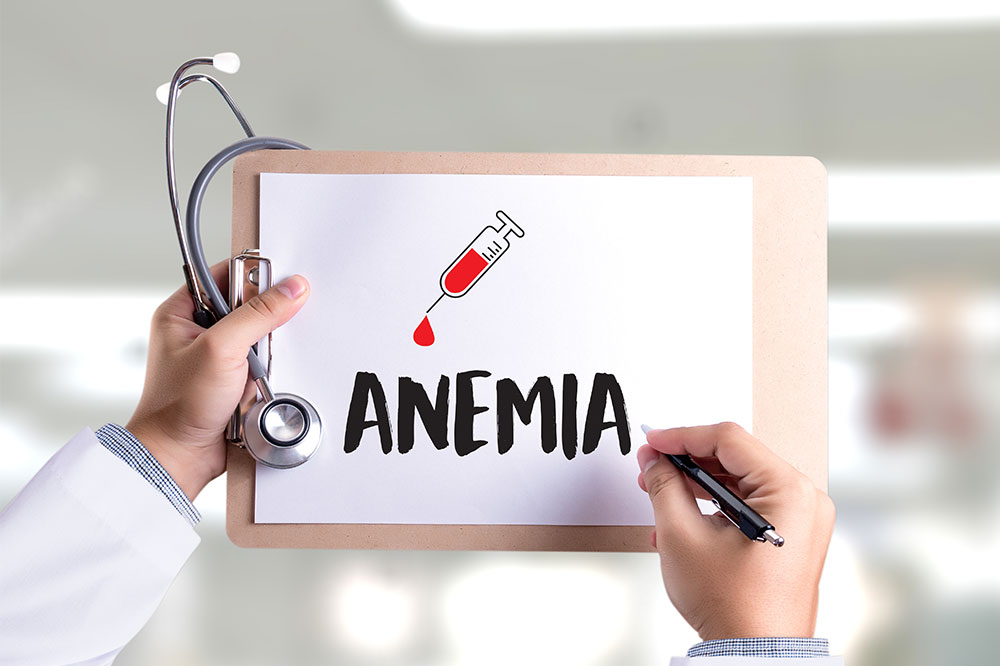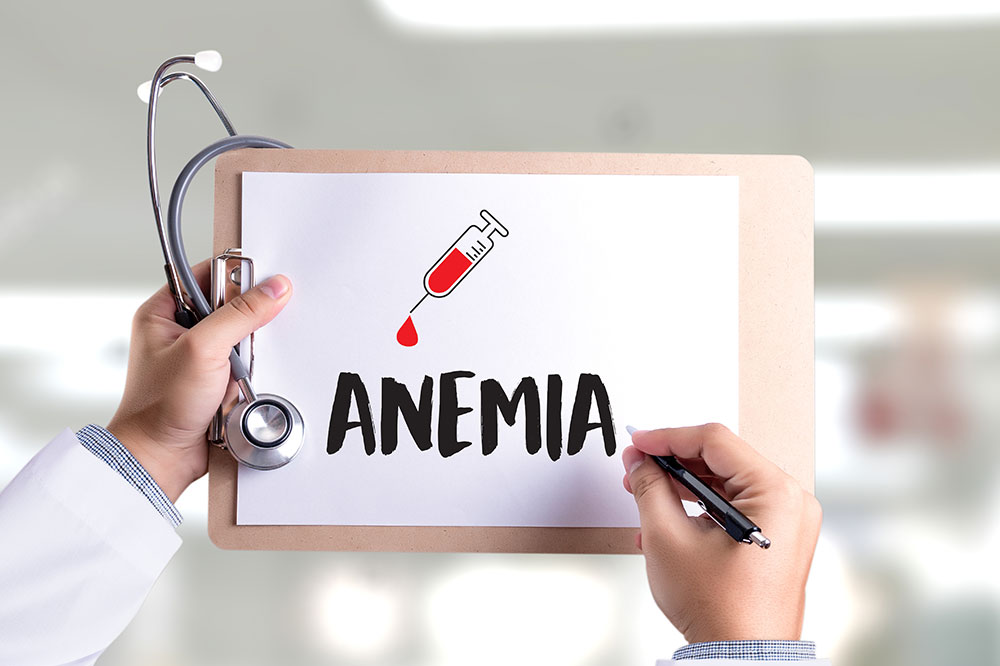Comprehensive Guide to the Types and Treatments of Anemia
This comprehensive article explores the various types of anemia—including iron deficiency, vitamin deficiency, aplastic, hemolytic, and sickle cell anemia—detailing their causes, symptoms, and treatment options. It emphasizes the importance of early diagnosis, dietary strategies, medical therapies, and ongoing research, offering valuable insights for effective management and improved health outcomes for those affected by anemia.

Anemia is a widespread health condition characterized by a deficiency in healthy red blood cells or hemoglobin, the critical protein responsible for transporting oxygen throughout the body. When these components are insufficient, the body's tissues and organs do not receive adequate oxygen, leading to symptoms such as persistent fatigue, weakness, shortness of breath, pale skin, and in severe cases, dizziness or chest pain.
This condition affects millions worldwide, posing significant health challenges across different populations. Understanding the various types of anemia, their underlying causes, and available treatment options is essential for effective management and improved quality of life. From nutritional interventions like diet modifications and supplementation to advanced medical procedures, a comprehensive approach can help control and potentially cure certain forms of anemia.
Understanding the Different Types of Anemia
There are multiple categories of anemia, each with distinct causes and treatment approaches. Recognizing the specific type is crucial for delivering targeted therapy. Here, we delve into the most common forms of anemia, their symptoms, causes, and treatment options.
1. Iron Deficiency Anemia
Iron deficiency anemia is the most prevalent form globally, accounting for approximately 80% of all anemia cases. Iron is an essential mineral involved in the synthesis of hemoglobin, the oxygen-carrying component of red blood cells. When iron levels are insufficient, the body cannot produce enough healthy red blood cells, impairing oxygen delivery.
Common symptoms include persistent tiredness, pallor, rapid heartbeat, shortness of breath, dizziness, and cold hands or feet. The causes of iron deficiency anemia are varied, often related to inadequate dietary intake, chronic blood loss (such as from gastrointestinal bleeding or heavy menstrual cycles), or absorption issues caused by intestinal disorders.
Mechanically, treatment hinges on replenishing iron stores through iron supplements and dietary modifications. Increasing consumption of iron-rich foods like red meats (beef, lamb), fish, poultry, beans, lentils, spinach, and other green leafy vegetables is highly effective. In more severe cases or when dietary strategies fail, intravenous iron therapy or blood transfusions may be necessary.
2. Vitamin Deficiency Anemia
This category includes anemia caused by deficiencies of vitamin B12 and folate, both of which are vital for red blood cell production. A lack of these nutrients impairs the maturation of red blood cells, leading to their decreased production.
Symptoms often include fatigue, weakness, pallor, shortness of breath, and neurological symptoms in the case of B12 deficiency (such as numbness or tingling in the hands and feet). Dietary sources rich in vitamin B12 include meat, shellfish, dairy products, and eggs. Folate can be found in green leafy vegetables, citrus fruits, beans, and fortified grains.
Vegetarians and vegans need to pay particular attention to B12 intake, as it is predominantly available from animal products. Supplementation with B12 injections or oral tablets, as well as folic acid supplements, are common treatment strategies to correct deficiencies.
3. Aplastic Anemia
A rare but serious form of anemia, aplastic anemia occurs when the bone marrow fails to produce enough blood cells—red cells, white cells, and platelets. Its causes are often idiopathic but can be linked to exposure to radiation, chemicals (such as benzene), certain medications, autoimmune diseases, or infections.
Symptoms include fatigue, increased susceptibility to infections, bleeding tendencies, pallor, and shortness of breath. Treatment involves supportive care like blood transfusions, immunosuppressive therapy, corticosteroids, and in some cases, bone marrow or stem cell transplants. Long-term management requires a multidisciplinary approach to prevent complications.
4. Bone Marrow-Related Anemia
Many cancers, notably leukemia and lymphoma, can infiltrate the bone marrow, disrupting normal blood cell production. This disruption results in anemia alongside other blood cell deficiencies like leukopenia and thrombocytopenia.
Patients typically experience profound weakness, pallor, bleeding episodes, and increased risk of infections. Treatment focuses on controlling the underlying malignancy through chemotherapy, targeted therapy, radiation, and stem cell transplantation. Blood transfusions may be used temporarily to alleviate symptoms.
5. Hemolytic Anemia
Hemolytic anemia arises when the body destroys red blood cells prematurely, exceeding the rate of production. It can be inherited, as in sickle cell disease or thalassemia, or acquired due to autoimmune disorders, infections, certain medications, or transfusion reactions.
Symptoms include fatigue, jaundice, dark-colored urine, rapid heartbeat, and an enlarged spleen. Treatments vary based on the cause but often involve corticosteroids, immunosuppressants, splenectomy, or blood transfusions. In inherited cases, gene therapy and supportive care are ongoing areas of research.
6. Sickle Cell Anemia
One of the most well-known inherited forms, sickle cell anemia is caused by a genetic mutation leading to abnormal hemoglobin (called hemoglobin S). This abnormal hemoglobin causes red blood cells to adopt a sickle or crescent shape, which hampers their ability to flow smoothly through blood vessels.
Patients experience episodes of severe pain (called crises), anemia, increased risk of infections, and organ damage. Managing sickle cell anemia involves pain control, hydroxyurea therapy, blood transfusions, and increasingly, bone marrow transplants. Advances in genetic research aim to provide better treatment options and potential cures.
Conclusion
Understanding the various types of anemia is pivotal in diagnosing and effectively managing this widespread condition. While some forms like iron deficiency anemia respond well to nutritional and lifestyle interventions, others may require complex medical procedures and ongoing therapy. Early detection through routine blood tests, combined with tailored treatment strategies, can significantly improve patient outcomes and quality of life.
Consulting healthcare providers for personalized diagnosis and treatment plans is essential, especially for those experiencing persistent symptoms or at high risk due to genetics or underlying health conditions. With continuous advancements in medical research, better management and potential cures are on the horizon, making awareness and timely intervention more crucial than ever.





